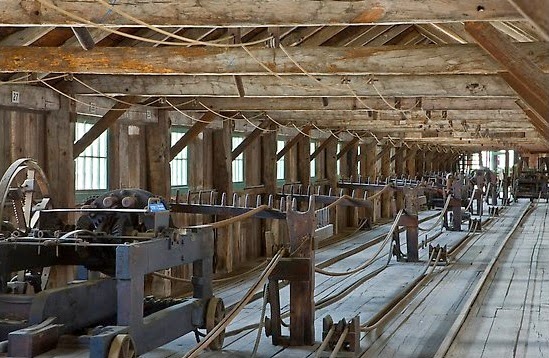Traditional sash windows windows are counter balanced by weights equal to the weight of the window that are hidden inside the window frame. The weights are hung on cords running over a pulley system in the top of the window which are attached to the lower sash. If a sash cord snaps, it can become very difficult for the window to be opened and closed. Although sash cords are relatively easy to replace, it can be a tricky process and is best done with some assistance.
To repair a sash window cord you will need the following items:
Lubricant (such as WD40)
Stanley Knife
Stiff Putty Knife
Hammer
Flat Head Screw Driver
Everlasto Sash Window Cord
First of all you need to gain access to the sash window cord, weight and pulley by removing the window and opening the panel cover on the side jambs. If the window does not have access panels, you will need to use a flat head screw driver to prise off the beading around the window frame that holds the sash in place. Once this is done it is then advised to clean and lubricate the pulleys.
You then need to tape the ends of the old cord to the new cord and then pull the old cords out. When you pull the old cord out the new cord will feed through the pulleys. You then need to guide the new cord through the holes in the weights and then tie a knot to ensure the weight stays in place. Once done, the weight then needs to be put back in the jamb through the access panel and the new cords need to be tested for smooth running.
If the new cords are running smoothly the upper sash can then be put back into place. The lower sash then needs to be placed on the windowsill and the sash cord should be cut 3 inches below the gap where the cords are attached on each side. You then need to tie a knot in the end of the cords before inserting them into the gaps on each side. You can then slide the bottom sash back into the window frame. All that is then left to do is to replace the access panels and window trim.
At Rope Source we have a wide range of quality British made Everlasto sash cords available including waxed cotton, solid braid polished cotton, braided and plaited nylon, polypropylene and jute.





